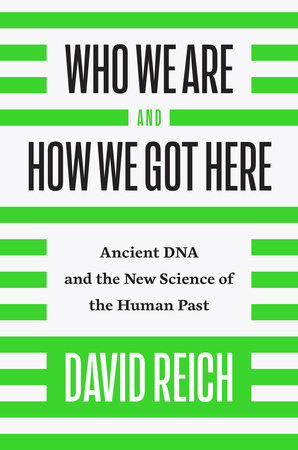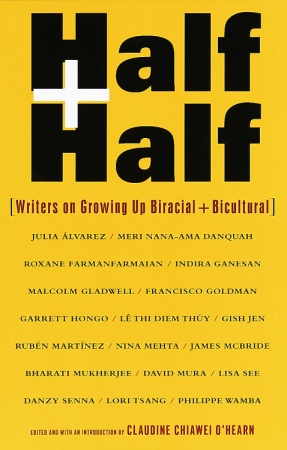Who We Are and How We Got Here: Ancient DNA and the New Science of the Human PastPosted in Books, Health/Medicine/Genetics, Media Archive, Monographs on 2018-03-30 02:33Z by Steven |
Who We Are and How We Got Here: Ancient DNA and the New Science of the Human Past
Pantheon
2018-03-27
368 Pages
Hardcover ISBN: 9781101870327
Ebook ISBN: 9781101870334
David Reich, Professor of Genetics
Harvard Medical School
also, Investigator, Howard Hughes Medical Institute
David Reich describes how the revolution in the ability to sequence ancient DNA has changed our understanding of the deep human past. This book tells the emerging story of our often surprising ancestry – the extraordinary ancient migrations and mixtures of populations that have made us who we are.
- A gripping account, from the head of a world-leading lab, of the picture of human history and ancestry emerging from the revolution in the study of ancient DNA.
- Describes the evidence for ancient migrations and ghosts of long-lost populations, now revealed through comparing the genomes of ancient modern humans, archaic humans, and present-day populations.
- Considers what the latest research tells us about the often surprising ancestry of the people who now inhabit Europe, Asia, Africa, and the Americas.
- Shows how there are no ‘pure’ races: all modern human populations are mixtures of more ancient ones.
- Shares new insights into how human populations spread across the world, and makes a compelling argument that ancient DNA is fundamentally changing our picture of who we are.
Here is a groundbreaking book about how the extraction of ancient DNA from ancient bones has profoundly changed our understanding of human prehistory while resolving many long-standing controversies.
Massive technological innovations now allow scientists to extract and analyze ancient DNA as never before, and it has become clear—in part from David Reich’s own contributions to the field—that genomics is as important a means of understanding the human past as archeology, linguistics, and the written word. In Who We Are and How We Got Here, Reich describes with unprecedented clarity just how the human genome provides not only all the information that a fertilized human egg needs to develop but also contains within it the history of our species. He explains how the genomic revolution and ancient DNA are transforming our understanding of the lineage of modern humans and how DNA studies reveal the deep history of inequality—among different populations, between the sexes, and among individuals within a population. His book gives the lie to the orthodoxy that there are no meaningful biological differenced among human populations, and at the same time uses the definitive evidence provided by genomics to show that the differences that do exist are unlikely to conform to familiar stereotypes.
Table Of Contents
- Acknowledgments
- Introduction
- Part I The Deep History of Our Species
- 1 How the Genome Explains Who We Are
- 2 Encounters with Neanderthals
- 3 Ancient DNA Opens the Floodgates
- Part II How We Got to Where We Are Today
- 4 Humanity’s Ghosts
- 5 The Making of Modern Europe
- 6 The Collision That Formed India
- 7 In Search of Native American Ancestors
- 8 The Genomic Origins of East Asians
- 9 Rejoining Africa to the Human Story
- Part III The Disruptive Genome
- 10 The Genomics of Inequality
- 11 The Genomics of Race and Identity
- 12 The Future of Ancient DNA
- Notes on the Illustrations
- Notes
- Index


